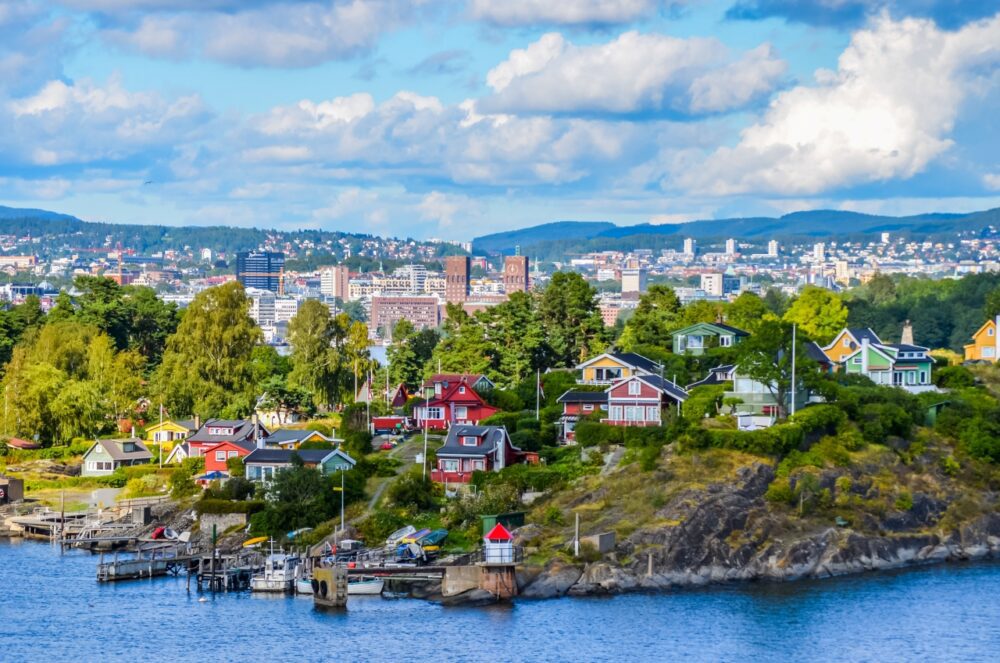
Introduction
Norway is a country that instantly conjures up images of majestic fjords, dramatic mountain landscapes, and charming coastal towns. It’s a place where nature takes centre stage, offering some of the most awe-inspiring scenery in the world. From the cosmopolitan capital of Oslo to the northern lights dancing in Tromsø, Norway is a country that will leave you breathless at every turn. Whether you’re hiking the rugged coastline, exploring Viking history, or simply marvelling at the untouched wilderness, Norway offers a unique blend of natural beauty and cultural richness that few other countries can match.
The first time I visited Norway, I was struck by the country’s overwhelming sense of space and tranquillity. The towering mountains, crystal-clear lakes, and endless forests make you feel like you’ve stepped into a postcard. But it’s not just the landscapes that draw you in—Norway’s cities, with their rich history and cutting-edge design, offer an intriguing contrast to the wild beauty of the countryside. If you’re looking for a destination that combines outdoor adventure with culture, Norway should be at the top of your travel list.
Table of Contents
Reasons You Should Visit Norway
1. Spectacular Natural Scenery
Norway’s landscapes are nothing short of epic. The country is home to some of the most dramatic scenery in the world, from the famous fjords to the towering peaks of the Jotunheimen mountains. One of my most memorable experiences was standing on the edge of Preikestolen, a massive cliff that towers over Lysefjord. The view from the top, with the fjord stretching out beneath you, is truly unforgettable.
The fjords themselves are perhaps Norway’s most iconic feature. Geirangerfjord and Nærøyfjord are both UNESCO World Heritage sites, and cruising through these narrow, steep-sided inlets feels like sailing through a fairytale. Whether you’re hiking along the fjord trails or simply admiring the view from a boat, the natural beauty of Norway is breathtaking.
2. Outdoor Adventures for Every Season
No matter the time of year, Norway is a haven for outdoor enthusiasts. In the summer, the long daylight hours of the midnight sun provide endless opportunities for hiking, kayaking, and cycling. I spent a few days hiking in Jotunheimen National Park, where the trails took me past shimmering glaciers and alpine lakes, and I didn’t see another soul for hours.
Winter in Norway is equally magical. If you’re into skiing or snowboarding, Lillehammer and the surrounding mountains are a paradise. But the real star of the Norwegian winter is the northern lights. Watching the aurora borealis dance across the night sky in Tromsø is one of the most surreal experiences of my life. Whether you’re chasing the northern lights or skiing down powdery slopes, Norway offers year-round adventure.
3. Rich Viking History and Culture
Norway’s Viking history is legendary, and you can feel the echoes of the past wherever you go. In Oslo, the Viking Ship Museum is home to some of the best-preserved Viking ships in the world, dating back over 1,000 years. Walking around these ancient vessels gives you a real sense of the scale and craftsmanship that defined the Viking era. It’s a fascinating glimpse into Norway’s seafaring past.
But Viking culture isn’t confined to museums. Towns like Trondheim and Bergen were once important Viking trading posts, and today they retain much of their historic charm. I particularly enjoyed exploring the narrow, cobbled streets of Bergen’s Bryggen district, a UNESCO World Heritage site that’s full of colourful wooden houses dating back to the 14th century. Norway’s blend of ancient history and modern culture makes it a truly unique destination.
4. A Taste of Modern Scandinavian Design
While Norway is known for its natural beauty, the country also has a thriving design and architecture scene. In Oslo, I was impressed by the mix of traditional and contemporary architecture, from the sleek lines of the Oslo Opera House to the cutting-edge design of the Astrup Fearnley Museum. The city is a showcase of modern Scandinavian design, with its emphasis on clean lines, functionality, and connection to nature.
Stavanger, in southern Norway, is another city where modern architecture meets natural beauty. The Norwegian Petroleum Museum might not sound like an obvious tourist destination, but its striking design and fascinating exhibits about Norway’s oil industry are worth a visit. The city itself has a laid-back vibe, with cosy cafés, stylish boutiques, and a growing food scene that’s making waves in Scandinavia.
5. A Chance to Experience the Midnight Sun and Northern Lights
Few places on Earth offer such spectacular celestial phenomena as Norway. In the summer, the midnight sun bathes the northern regions of the country in endless daylight. I visited Lofoten during the summer months and found myself hiking at midnight under the bright light of the sun—it’s a surreal experience that’s hard to describe but unforgettable once you’ve witnessed it.
In winter, the show is even more magical. The northern lights are one of the world’s most awe-inspiring natural wonders, and Norway is one of the best places to see them. In Tromsø, I joined a northern lights safari, driving deep into the wilderness to escape light pollution. When the sky finally lit up with swirling greens and purples, it was like witnessing something out of a dream. If you visit Norway, chasing the aurora should be at the top of your list.
Best Places to Visit in Norway
1. Oslo

Norway’s capital, Oslo, is a vibrant city that seamlessly blends history with modernity. I loved wandering through Vigeland Park, home to over 200 sculptures by Gustav Vigeland, and exploring the Aker Brygge waterfront, which is packed with trendy restaurants and bars. The Oslo Opera House, with its sloping roof that you can walk up, offers panoramic views of the city and the fjord—it’s a must-see.
For a deep dive into Norway’s history, head to the Viking Ship Museum and the Norsk Folkemuseum, where you can explore traditional wooden stave churches and other historical buildings. Oslo is also a green city, with parks and forests right on its doorstep. A short ferry ride takes you to the Bygdøy Peninsula, where you can relax on the beach or visit more museums.
2. Bergen

Nestled between seven mountains and fjords, Bergen is one of the most picturesque cities in Norway. The highlight for me was wandering through the old wharf area, Bryggen, where colourful wooden houses line the waterfront. This UNESCO World Heritage site is filled with history, and it’s easy to imagine the city as it was during its days as a Hanseatic trading port.
Bergen is also the gateway to the Norwegian fjords, and taking a boat tour from here is a fantastic way to explore these stunning natural wonders. The nearby Fløyen mountain, accessible by a funicular, offers incredible views over the city and is perfect for a day hike. I spent hours just soaking in the scenery, surrounded by forests and fjords that stretch as far as the eye can see.
3. Trondheim
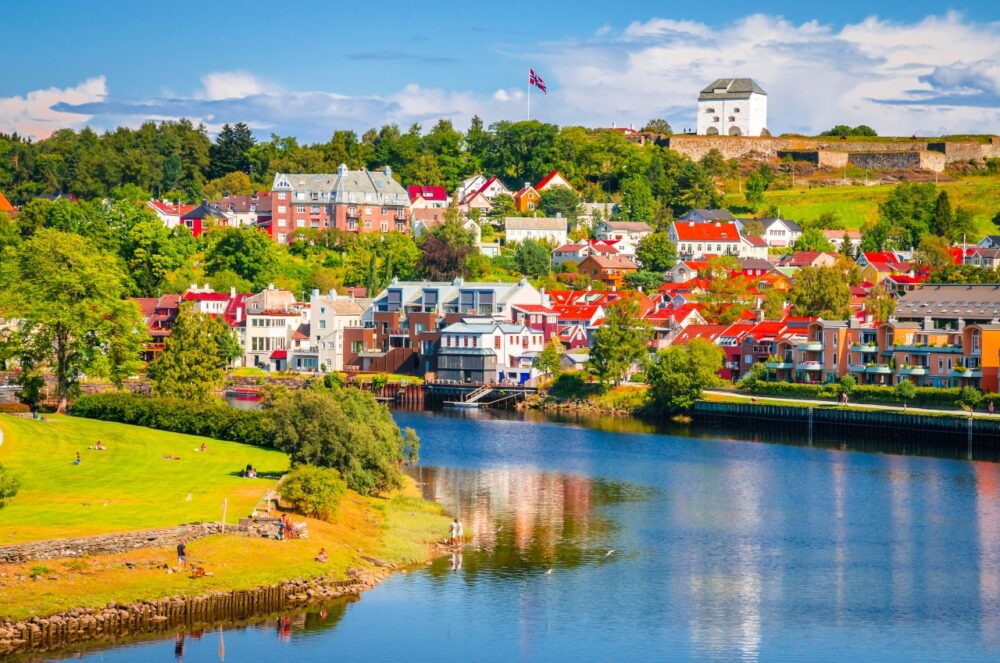
Trondheim is a charming city that blends history, culture, and a youthful energy thanks to its large student population. The highlight of my visit was the Nidaros Cathedral, the northernmost Gothic cathedral in the world. Walking through its grand halls and climbing the bell tower was a highlight, especially with the panoramic views of the city below.
Trondheim’s old town, with its colourful wooden houses along the Nidelva River, is perfect for a leisurely stroll. I also spent time at the Ringve Museum, which focuses on music and is set in beautiful botanical gardens. Trondheim’s relaxed atmosphere and rich history make it a great stop on any Norwegian itinerary.
4. Stavanger
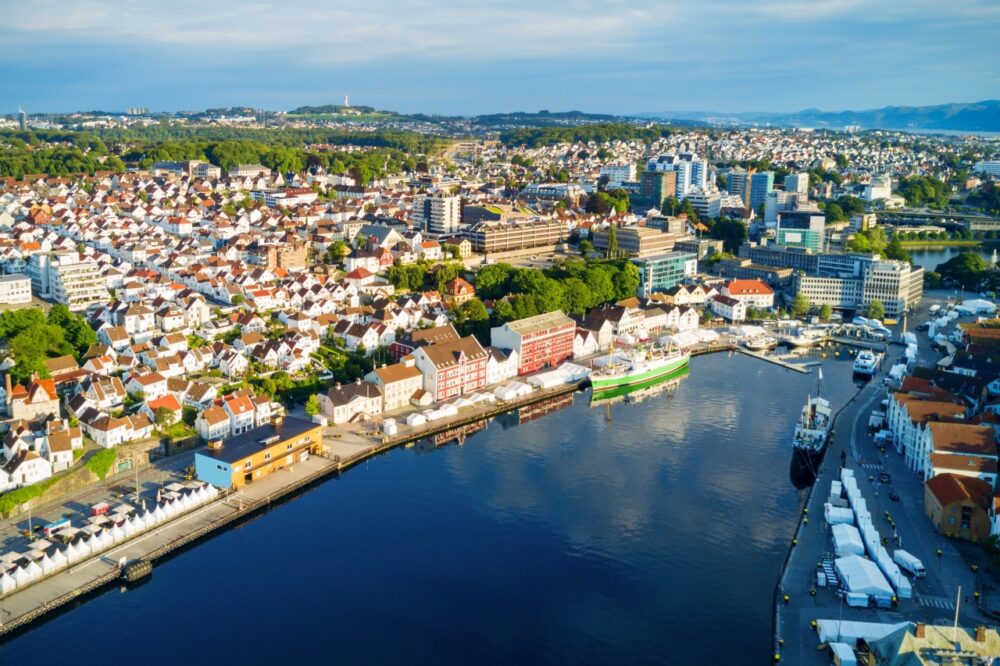
Stavanger is a city that’s often overlooked, but it’s full of surprises. The old town, Gamle Stavanger, is a delightful collection of white wooden houses and narrow cobbled streets, perfect for a quiet afternoon walk. The city is also known for its street art, and you’ll find colourful murals around almost every corner.
But the real draw of Stavanger is its proximity to Preikestolen (Pulpit Rock), one of Norway’s most famous hikes. I joined a guided hike to the top, where the view over Lysefjord is nothing short of spectacular. For adventure seekers, this region offers endless opportunities for hiking, rock climbing, and exploring the fjords.
5. Tromsø
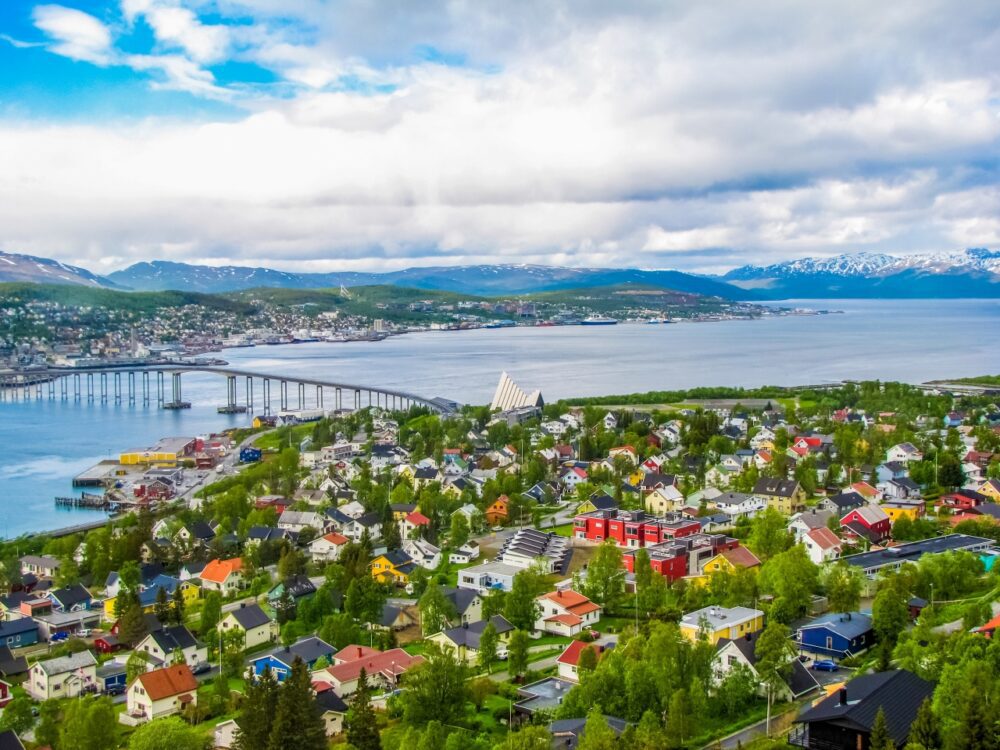
If you’re looking to experience the Arctic Circle, Tromsø is the place to go. I visited during the winter, and it felt like stepping into a winter wonderland. The city is known as one of the best places to see the northern lights, and after a few days of cloudy skies, I was rewarded with a stunning display of auroras one night.
Tromsø is also a hub for Arctic adventure activities. I went dog sledding through snow-covered forests and even tried snowshoeing for the first time. The city itself is cosy, with charming cafés and bars where you can warm up after a day out in the cold. Polaria, an Arctic aquarium and science centre, is also worth a visit to learn more about the wildlife and ecosystems of the far north.
6. Alesund
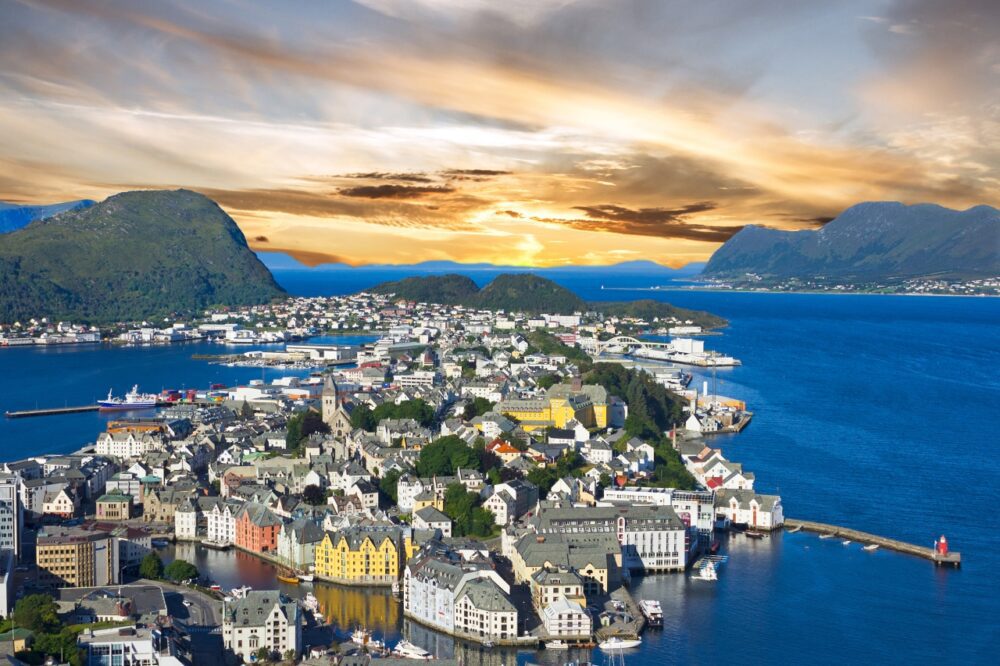
Alesund is one of Norway’s most beautiful towns, with its art nouveau architecture and stunning location spread across several islands. The town was rebuilt in this distinctive style after a fire in 1904, and walking through the colourful streets felt like stepping back in time. A climb up the Aksla viewpoint gave me one of the best panoramic views I’ve ever seen—the town below, surrounded by fjords and mountains, looked almost too perfect to be real.
Alesund is also a great base for exploring the nearby Sunnmøre Alps and Geirangerfjord, both of which offer some of Norway’s best hiking and scenic drives. For me, Alesund was the perfect mix of culture and nature.
7. Kristiansund
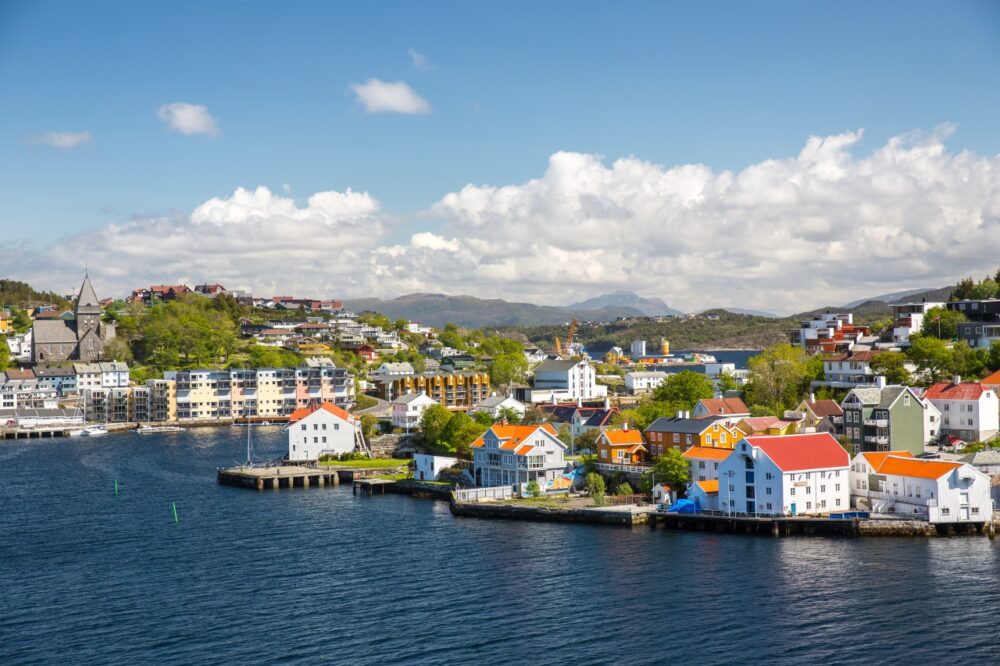
Located on Norway’s rugged west coast, Kristiansund is often overshadowed by its more famous neighbours, but it has its own unique charm. The town is spread across four islands and is best known for its connection to the Atlantic Road, one of the world’s most scenic drives. I rented a car and drove along this twisting, dramatic road, with the sea crashing against the rocks on either side—an unforgettable experience.
Kristiansund itself is a quiet town with a strong maritime history. It’s a great place to try traditional klipfish (dried cod), which has been a staple of the local economy for centuries. The town’s waterfront is picturesque, with colourful houses and plenty of cafés where you can sit and watch the boats come and go.
8. Lillehammer
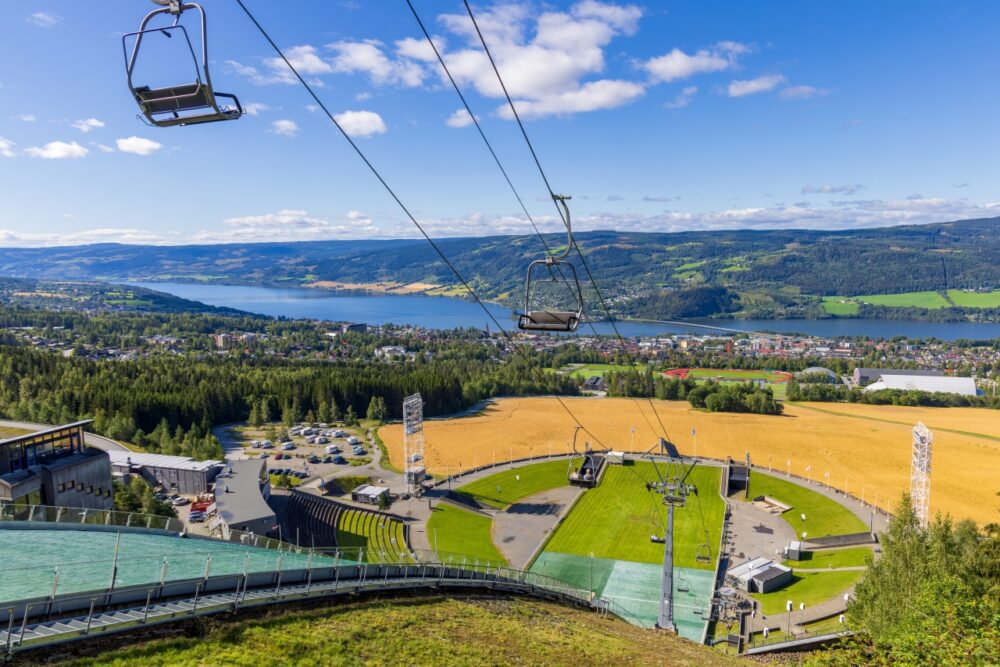
Best known for hosting the 1994 Winter Olympics, Lillehammer is a paradise for winter sports enthusiasts. I visited in the winter and had a blast skiing in the nearby Hafjell resort, which offers slopes for all levels. The Lillehammer Olympic Park is still a major attraction, and you can even try bobsledding down the Olympic track if you’re feeling adventurous.
For a taste of Norwegian culture, visit the Maihaugen Open-Air Museum, which showcases traditional Norwegian buildings and offers insights into life in Norway over the centuries. Lillehammer has a cosy, laid-back atmosphere, making it a great destination for both winter sports and cultural exploration.
9. Geiranger
Geiranger is one of Norway’s most iconic destinations, thanks to the stunning Geirangerfjord, a UNESCO World Heritage site. The fjord is known for its steep cliffs, dramatic waterfalls, and tiny farms clinging to the mountainsides. I took a boat tour through the fjord, and the sheer scale of the scenery was overwhelming—towering cliffs rise straight out of the water, and waterfalls like the Seven Sisters cascade down into the fjord.
For an even better view, hike up to the Dalsnibba viewpoint, where you’ll get a breathtaking panorama of the fjord and surrounding mountains. Geiranger is a small village, but it’s the perfect base for exploring one of the most beautiful fjords in the world.
10. Bodo
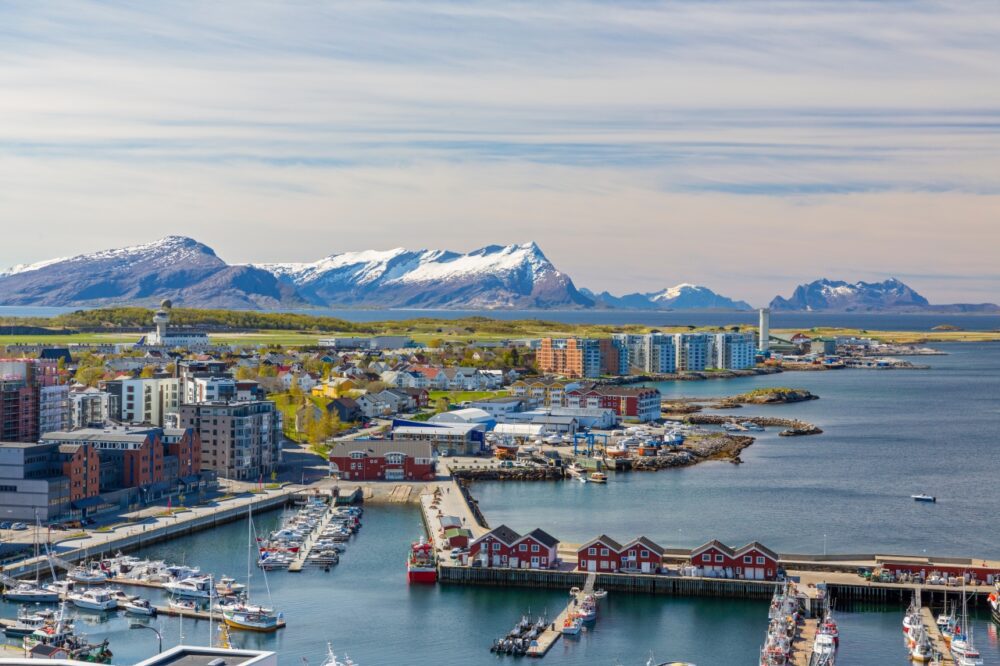
Located just north of the Arctic Circle, Bodø is a gateway to the Lofoten Islands and the wilds of northern Norway. I used Bodø as a jumping-off point for exploring the Saltstraumen Maelstrom, one of the world’s strongest tidal currents. The sight of the powerful whirlpools swirling through the narrow strait was both mesmerizing and humbling.
Bodø itself is a small but lively town, with a growing arts scene and some excellent restaurants serving fresh seafood. The surrounding nature is the real star, though, and if you have time, taking a ferry to the Lofoten Islands from Bodø is an absolute must.
Travel Tips for Norway
Getting Around Norway
Norway’s public transport system is excellent, with trains, buses, and ferries connecting most cities and regions. The train routes between Oslo and Bergen or Trondheim offer some of the most scenic journeys in Europe. Buses are reliable in rural areas, and ferries are essential for island hopping along the coast and fjords. If you want more flexibility, renting a car is ideal, especially for exploring the Lofoten Islands or driving the stunning Atlantic Road. Be prepared for expensive toll roads and occasional ferry crossings if you’re driving.
Best Time to Visit Norway
The best time to visit Norway depends on what you want to do. Summer (June to August) is perfect for hiking, cruising the fjords, and enjoying the midnight sun in the far north. The weather is mild, and the days are long, making it ideal for outdoor activities. Winter (December to February) is best for seeing the Northern Lights, skiing, and experiencing Norway’s snowy landscapes, particularly in Tromsø and Svalbard. Spring and autumn are quieter and offer beautiful natural colours, but the weather can be unpredictable.
Passport and Visa Requirements for Norway
Norway is part of the Schengen Area, so citizens of EU/EEA countries can enter with just an ID card. Travellers from countries like the US, UK, Canada, and Australia can stay visa-free for up to 90 days within the Schengen Zone. Your passport should be valid for at least three months beyond your stay. If you plan to visit neighbouring countries like Sweden or Denmark, make sure to check their entry requirements too.
Currency and Banks in Norway
Norway uses the Norwegian Krone (NOK). Credit and debit cards are widely accepted, even for small purchases, so you rarely need to carry cash. ATMs are available in cities and towns, but it’s more common to pay by card, including for public transport and parking. Norway is largely cashless, so you can easily get by without physical currency. Tipping is not expected, but rounding up the bill in restaurants is appreciated.
Language and Useful Phrases to Know
The official language is Norwegian, but most Norwegians speak excellent English, especially in urban areas. While you’ll have no trouble communicating in English, learning a few Norwegian phrases will be appreciated by locals. Try “Hei” (hello), “Takk” (thank you), and “Vær så snill” (please). In more rural areas, particularly in northern Norway, you may also hear Sami languages, which are spoken by the indigenous Sami people.
Budgeting and Costs for Norway
Norway is known for being one of the most expensive countries in Europe, but there are ways to manage your budget. Accommodation, food, and transport can be pricey, especially in cities like Oslo and Bergen, but you can save by staying in hostels, guesthouses, or using Airbnbs. Eating at local cafes or preparing your own meals can also help cut costs. Public transport, especially trains, can be affordable if you book in advance. Norway’s incredible natural beauty—hiking, fjords, and national parks—is free to explore, making it a paradise for budget-conscious nature lovers.
Conclusion
Norway is a country that truly has it all—stunning natural landscapes, rich cultural history, and cities that are as modern as they are charming. Whether you’re hiking along a fjord, marvelling at the northern lights, or wandering through historic streets, Norway offers a travel experience like no other.
What I love most about Norway is how effortlessly it blends the great outdoors with a sense of history and culture. You can start your day exploring a medieval cathedral and end it standing on a cliff overlooking a fjord that stretches into the horizon. The country’s commitment to sustainability and design also makes it a fascinating destination for travellers who care about the future of the planet. If you’re looking for a place that offers adventure, beauty, and a deep sense of tranquillity, Norway should be at the very top of your list. Trust me—you’ll leave feeling inspired and eager to return.
